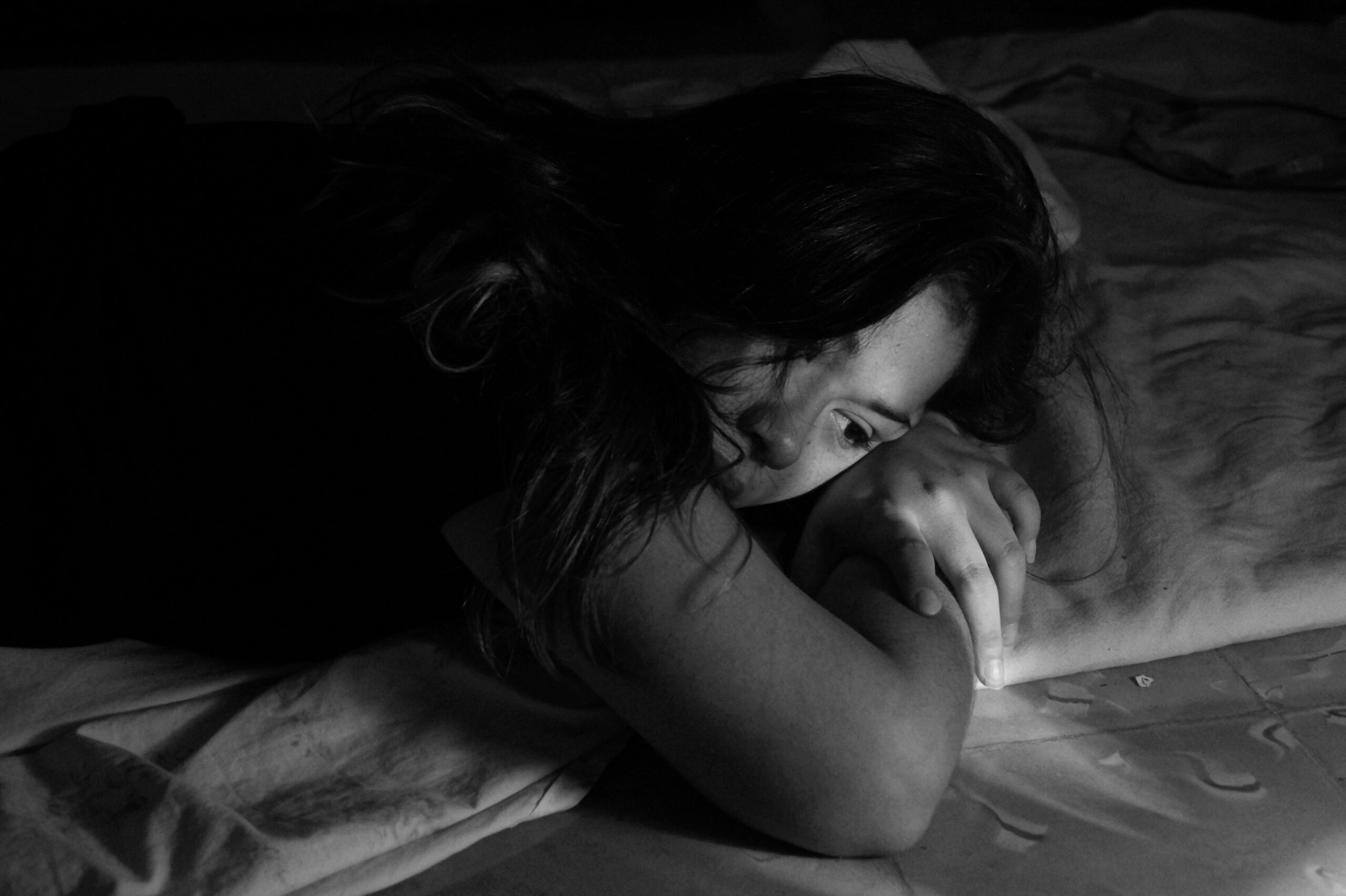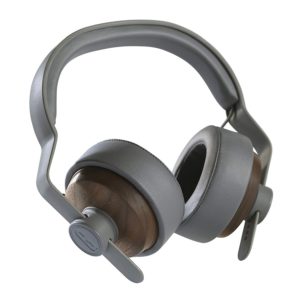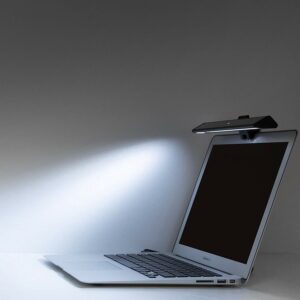Sleep is one of the most important things for our wellbeing. During deep sleep, our body heals and grows, whereas our mind processes the information collected during the day before. Sleep is so crucial that a complete lack of it could even cause death.
According to this infographic created by DisturbMeNot, around 60% of 18-24 year-olds report not getting adequate amounts of sleep. Therefore, poor sleep quality affects people of all ages.
In many cases, the reason for poor quality sleep is sleep disorders. Luckily, thanks to technology, we can now prevent these or treat them successfully and get a good night’s sleep almost every time.

Let’s see how technology can help us with some of the most common sleep disorders.
-
Table of Contents show
Snoring
Did you know that around 40% of men and 20% of women snore? Snoring can sometimes seem funny, but it is still a serious condition that should not be ignored. It happens when the airflow through the nose is obstructed and can be caused by mouth anatomy, alcohol, nasal issues, sleep position, and so on.
Some technological solutions that can help those who snore include:
-
Hupnos Snoring Mask – Encourages the user to change the sleeping position when they start snoring.
-
Philips SmartSleep Snoring – This is a chest-band that vibrates when the user sleeps on their back to encourage them to change the sleeping position.
-
Urgonight EEG Headband – An EEG headband measures your EEG which you can then analyze and develop better sleep patterns.
-
Sleep Apnea
Sleep apnea is a sleep condition which can lead to serious consequences. It involves brief and repeated breathing interruptions, which can last for different amounts of time. It can be caused by excess weight, alcohol, smoking, or natural causes.
According to research, around 20% of people in the world suffer from this condition.
If you have it, this is how technology can help you out:
-
SlumberBUMP – This device trains people to sleep on their side, which is the best position for those who have this condition.
-
BiPAP – This device regulates your breathing by exerting pressure when you inhale and exhale.
-
Theravent – It regulates airflow in your respiratory tract to prevent it from shutting during sleep.
-
Insomnia
Insomnia is probably the most common sleep disorder that can be caused by the largest number of causes. It refers to the inability to fall asleep or stay asleep for long enough. This disorder can be caused by anxiety, depression, stress, bright light, and so on. It is estimated that almost everyone has suffered from insomnia at some point in their lives.
Luckily, this is how technology can help:
-
Sleepio – Sleepio analyzes your sleep behavior and helps you develop a better sleep routine and hygiene.
-
Ebb Insomnia Therapy – This device helps you fall asleep by lowering the temperature of a specific part of your brain.
-
Good Night Biological LED Bulb – Originally, this device was developed for NASA astronauts. It lowers the amount of blue light in order to help you fall asleep.
4. Narcolepsy
Narcolepsy is a sleep disorder that can significantly affect the quality of one’s life. It is defined by excessive sleepiness during the day, including suddenly falling asleep at random times. It can be caused by brain injuries, genetics, and autoimmune disorders. In the US, it is estimated that around 200,000 people suffer from this condition.
Technology can help here as well, in the following ways:
-
LED Skylights – Mimics natural sunlight to help patients stay awake.
-
Verilux HappyLight Deluxe – Another device that mimics natural light and improves mood and energy levels.
-
Day-Light Sky – This device is intended for home use where it provides a bright-light therapy for people with narcolepsy.
Written By: Hristina Nikolovska
To learn more about how technology can help you sleep better and see some examples, see the full Mira Rakicevic article on How to Sleep Well with Technology (Infographic) @ https://disturbmenot.co/



Average Rating